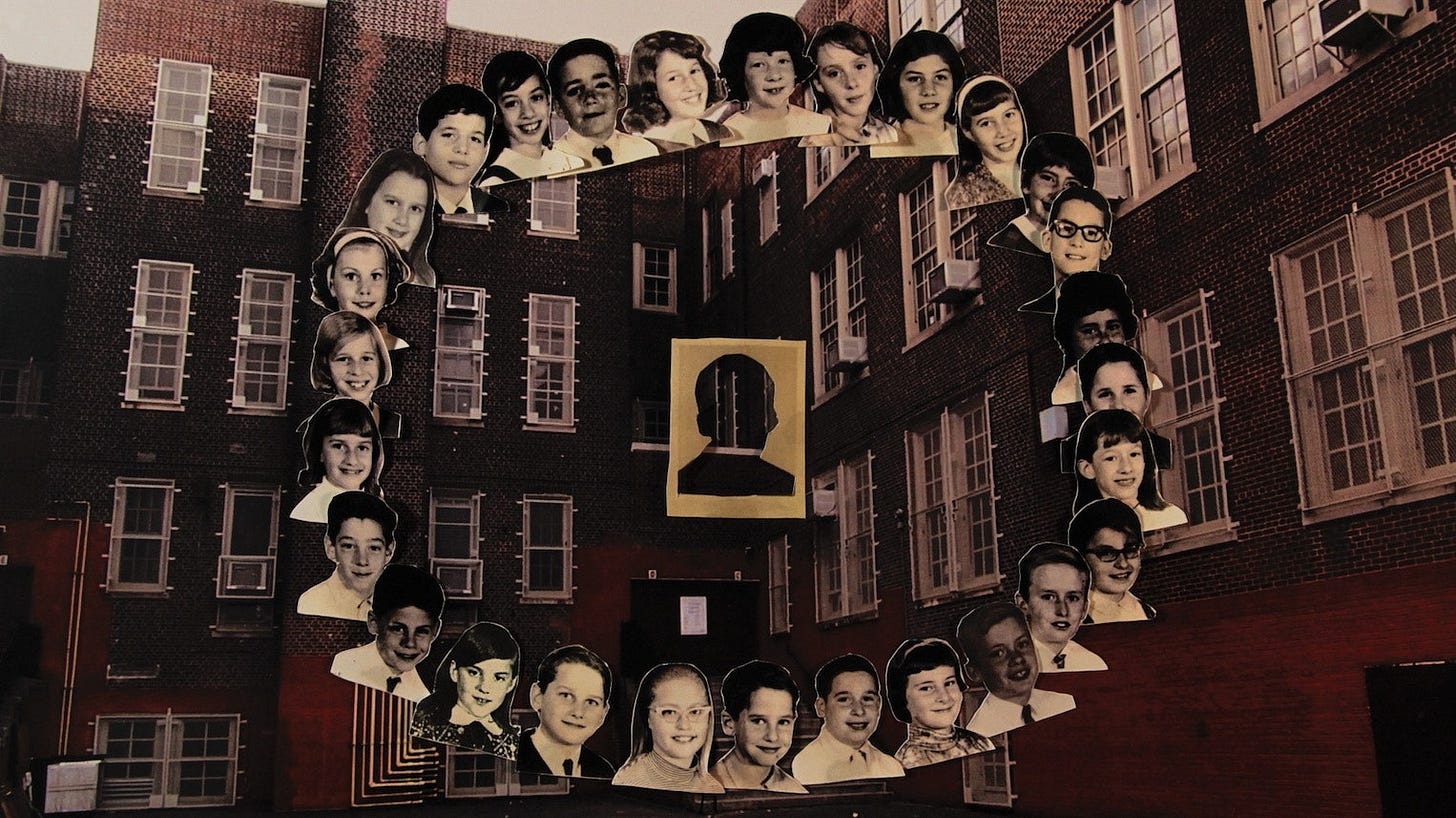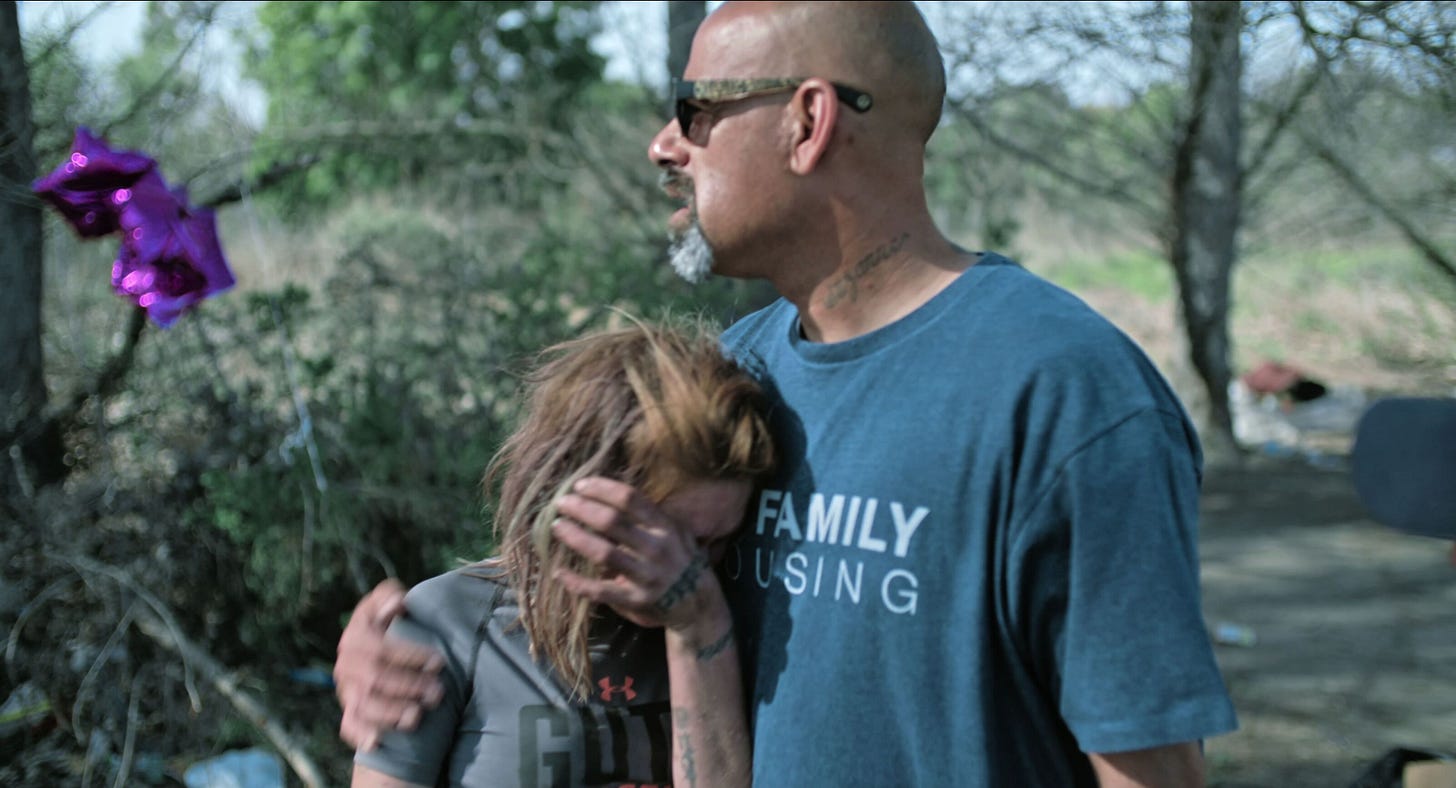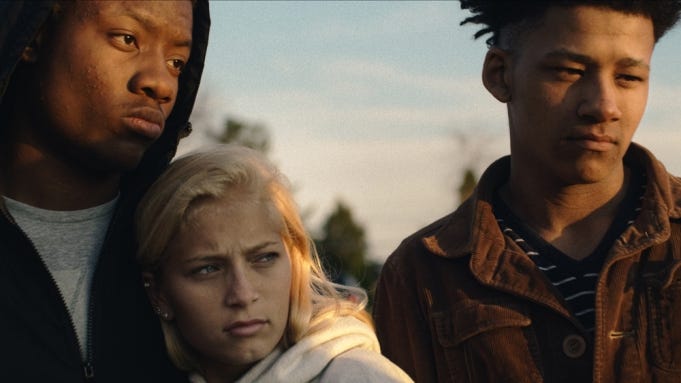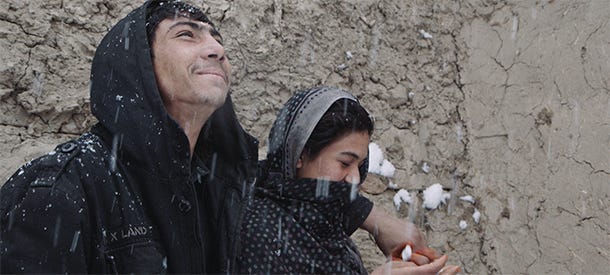Oscar-nominated documentary shorts
Reviews of all five films up for the Academy Award for Best Documentary (Short Subject).
The Queen of Basketball
Lusia Harris is best known as a footnote in basketball history: the Utah Jazz drafted her in the 7th round of the 1977 NBA draft — the first, and only woman ever to be selected.
It was something of a publicity stunt by the Jazz, who didn’t expect Harris to actually show up. And she didn’t. The 6-foot-3 center for the Delta State University Lady Statesmen, fresh of winning three consecutive national collegiate championships in a row, decided she was ready to start a family and do other things.
She gets her chance to set the record straight in this documentary from Ben Proudfoot, which draws from an intimate interview with Harris, now a gray-haired matriarch. Among the revelations: she suffered from bipolar disorder that led to deep depression after her playing career finished, which contributed to her decision not to try out for the NBA.
It’s a lovely portrait of a proud, flawed and vulnerable human being — a footnote no more.
When We Were Bullies
Filmmaker Jay Rosenblatt performs a historical autopsy on something that happened nearly 50 years ago: a bullying incident in which he and nearly every other kid in Mrs. Bromberg’s 5th grade class at PS194 in Brooklyn participated in. They surrounded, pummeled and spit upon a classmate, Dick, for causing them all to be held late after class by speaking out during ‘silent’ time.
The incident was first mentioned in another short film Rosenblatt a long time ago, “The Smell of Burning Ants,” which caused Dick to reach out and ask for a copy. But he never heard from him again, and the incident has continued to fester. So he finds and interviews as many of his classmates as he can to get their take on the incident.
Part apologia, part exploration of what it is about kids that they seem to have a sixth sense about each others’ vulnerabilities, “When We Were Bullies” is a quiet, powerful journey of self-discovery, not just of Rosenblatt himself but those fractious parts of childhood that we tend to put behind us — or try to.
Lead Me Home
This haunting documentary examines homeless situations in three major West Coast cities: Los Angeles, San Francisco and Seattle. The filmmakers shot footage over the course of 2017-20, a time during which homeless populations roughly doubled. We meet more than a dozen homeless people, hear their stories, share their heartache.
Some became homeless due to mental health challenges, physical or sexual abuse, bad luck, or a combination of factors. But the why really isn’t important so much as what is being done to combat it.
In California, their response has centered around bringing food, medicine and services to the streets. They also provide housing, but there’s never enough. We meet some who go from camping next to the highway to an apartment — but in six months they’ll be on the street again.
A gorgeously shot film of human squalor and despair, but also resolve and hope.
Audible
This tender documentary focuses on students at the Maryland School for the Deaf, in particular football star Amauree. It’s essentially a portrait of one teenager in America and the common struggles he faces: sports, relationships (with sorta/sometimes girlfriend Lera), friendships (including with cheerleader Jalen), his estranged father who walked out on them when he was 2, what to do after graduation, etc.
Except as a non-hearing person — due to meningitis when he was a toddler— Amauree feels the sting of discrimination and alienation. His team often plays against “hearing schools,” as they call them, and rather than a disadvantage their secret hand signals and passion to prove they’re just as good, or better, usually win the day. As the doc opens, they have just lost their first game after a streak of 42 wins, and soon they’re compiling another run.
There’s also the memory of Teddy, a close friend who transferred to a hearing school, was bullied and ostracized and eventually committed suicide. It’s a reminder that being different can be seen as a weakness, but only if you decide to agree with them.
Three Songs for Benazir
Shaista is a young brick-maker who has recently married Benazir. Together they live in a camp near Kabul for people displaced during the Afghanistan war. Shaista points to the seemingly innocuous white balloon floating always nearby, which he said is full of American surveillance cameras.
“We will either be bombed by the foreigners, or killed by the Taliban,” he says.
He dreams of joining the army but is unsure how it will impact his plans to protect his wife and start a family. His father worries that someone will steal the equipment the military issues and he will be held responsible for it, so he advises Shaista to go poppy-collecting instead and make money in the opium trade.
A revealing and devastating portrait of a real person in a corner of the world the West has returned to ignoring, along with their hopes and dreams.









